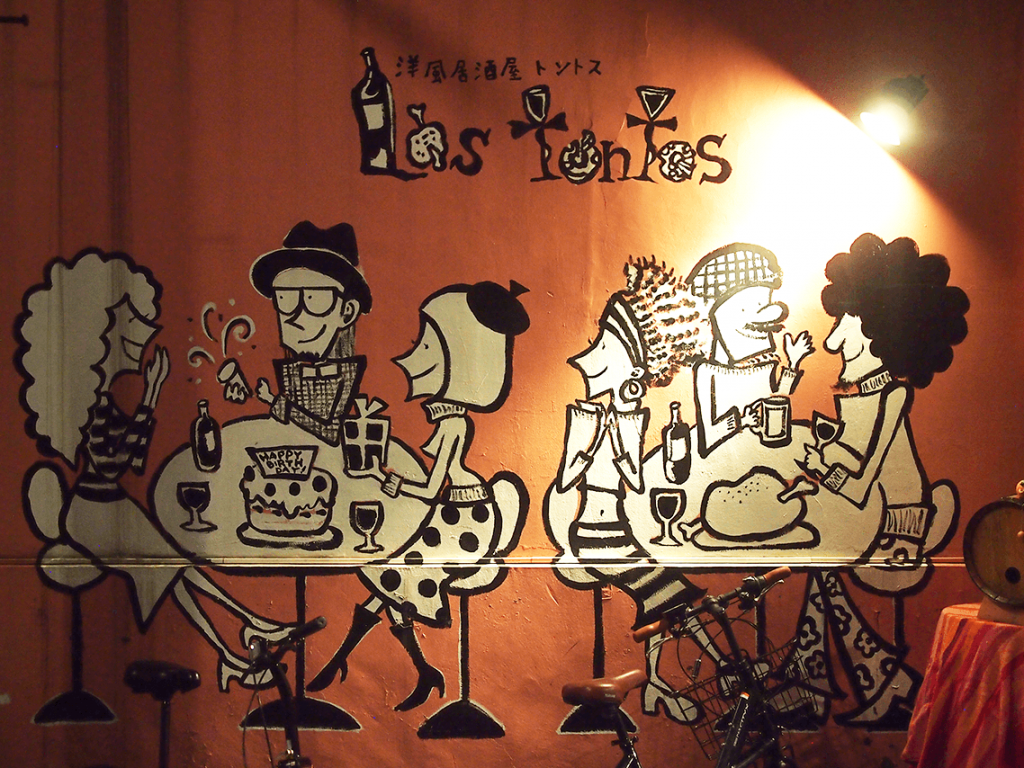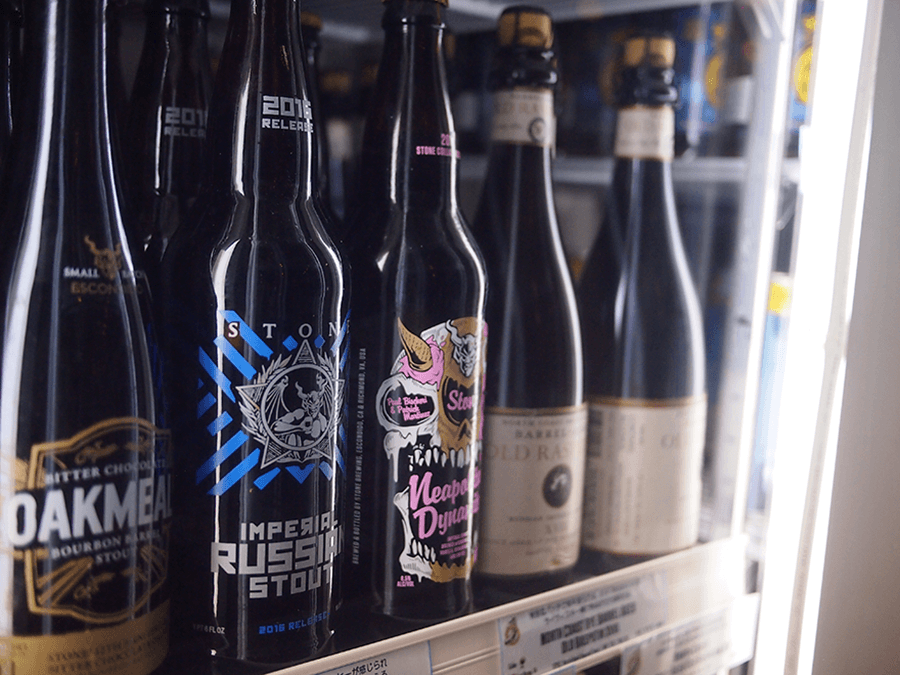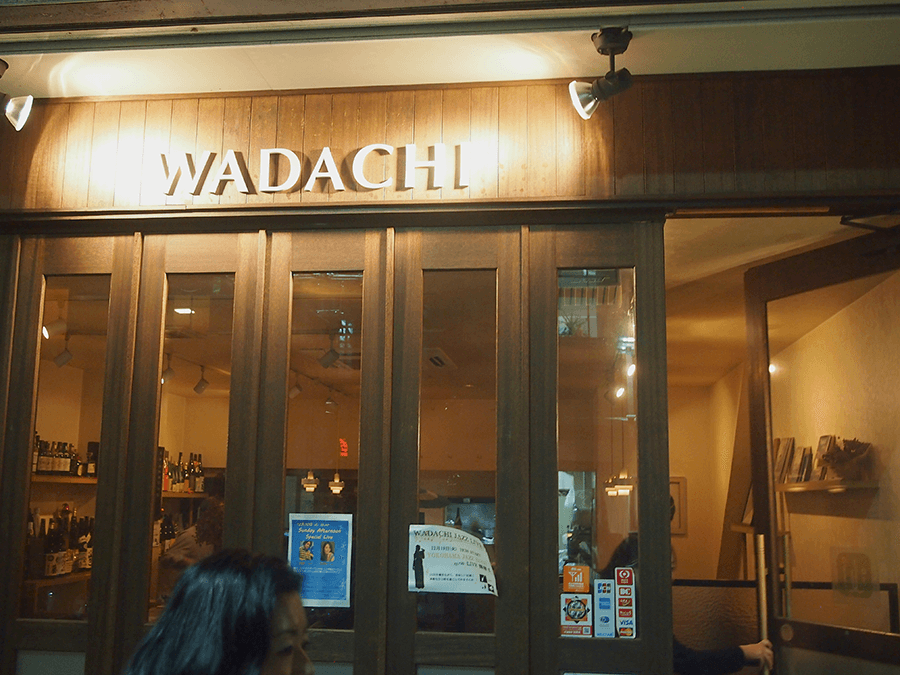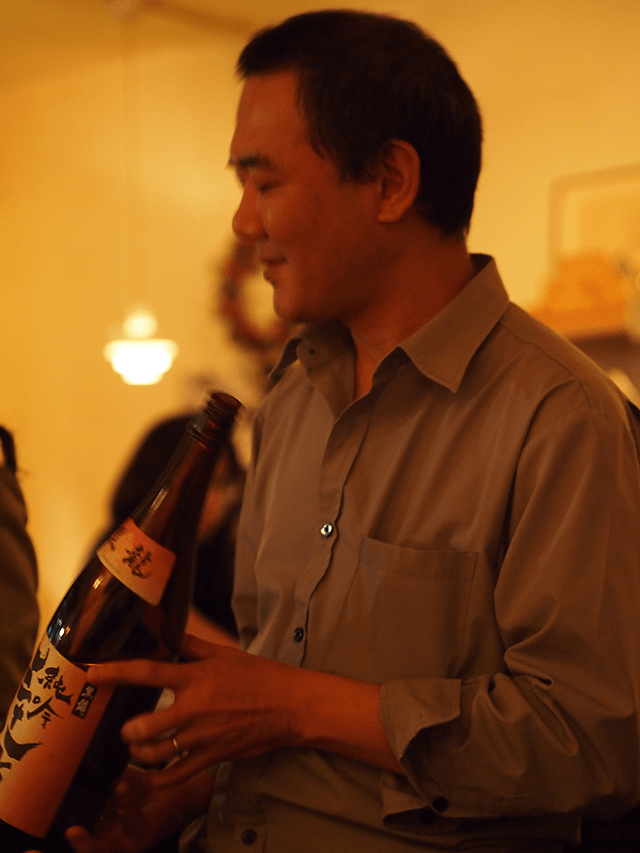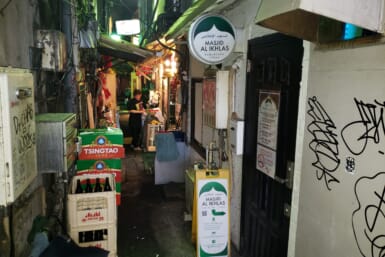As the world gets ready to come to Japan for the Rugby World Cup in 2019 and the 2020 Olympics, there will be many experiences waiting for tourists, beyond the sporting events and the immediate attractions of Tokyo. Yokohama, while less than 40 minutes away from Tokyo Station by rail, offers its own unique atmosphere, and part of its special appeal can be found in its shotengai, or shopping streets. Recognizing that tourists these days are looking for authentic experiences when they travel, the shotengai associations have begun to offer guided tours that provide a chance to see, taste, and feel what it’s like to spend time in these colorful and culturally rich commercial districts.
One of these spots is Yoshidamachi. Not far from Yokohama’s Kannai Station, it’s an ideal neighborhood for experiencing the city’s night life, and with about 75 bars and restaurants located in a very compact area, it’s a place where you can while away many an evening. We recently had a chance to take a guided tour of Yoshidamachi and explore some of the neighborhood’s charms. Our experience began with a visit to the offices of one of the community’s leaders – it also doubles as a traditional tea house – to learn a bit about Yoshidamachi’s history, which dates back some four centuries.
One of the most pivotal moments in the history of the city was in the 17th century, when part of Yokohama Bay was filled in through the leadership and investment of Kanbei Yoshida, a wealthy lumber merchant. Two centuries later, along with the rest of Yokohama, the neighborhood became an area for international trade. Following World War II, Yoshidamachi became known as an affordable location for opening new businesses, and it grew into a thriving nightlife hub. During the years after the bubble, the region fell on hard times a little, but over the past several years it has really begun to hit its stride again, and like it was during the post war period, it is now seen as a good place for launching innovative new businesses; meanwhile, it also holds on to its legacy of internationalism that dates back to the 1800s. It’s the kind of place where, on one block, you can find the oldest Greek restaurant in Japan right across the street from a Chinese restaurant that’s known for being the first place to serve tanmen noodles in Yokohama.
After learning a bit about the quarter, we took to the streets to explore Yoshidamachi’s night scene. Our first visit was to the craft beer bar Antenna America. It’s a veritable temple to microbrews from the west coast of the US, with some 160 varieties available in the bar’s coolers. There is a cycling selection of eight different beers on tap, and the bottles and cans that are available for sale can be taken home or opened at the store and drunk. The selection is truly awe-inspiring, and there’s a beer there for everyone, from the sour brews that have become popular in the microbrew world to dark and heavy stouts. Antenna America also serves pub food, including buffalo wings, fish tacos, and burgers. The bar takes up two floors in the building, giving you plenty of room to spread out and enjoy a bit of microbrew heaven. For bar sports aficionados, there is a foosball table and a table hockey set on the sixth floor. Both floors have large patios where you can look out over the Yokohama cityscape.
As a testament to just how varied nightlife can be in Yoshidamachi, our second stop was completely different from Antenna America. Wadachi is a classy, understated bar that specializes in sake, and we were in for a unique tasting opportunity there, thanks to the restaurant’s sake sommelier. Our experience was an object lesson in the wide variety of flavors that sake brewers can conjure up from a few simple ingredients: rice, water, and koji. We tried two different sakes: one was Kokuryu, a sake made in Fukui Prefecture, and the other was Sagamida, which is made in Kanagawa Prefecture. Both are daiginjo sakes, which means that they are made from rice that has been polished until no more than 50 percent of the original grain remains. And they are both made with the same rice – a variety called Yamada Nishiki, which is well known for sake making – and the same variety of koji. The only differences are in the water used and the location of the sake breweries. But these subtle changes made all the difference: the Kokuryu had a round, mellow flavor, while the Sagamida was clear and crisp. Our next tasting session was to compare a chilled sake with a hot sake, known as atsukan. The sake was Tanzawasan, another Kanagawa brew. While the chilled sake had a light, fresh flavor, drinking it heated was a different experience: the aroma of the sake came through much more strongly and the beverage had a much rounder flavor. To accompany our sake, we were served a tasty assortment of traditional otsumami, or small dishes meant to accompany drinks.
We were calling it an early night, so our second stop was to be our last. However, our tour of the neighborhood was a great chance to explore a part of the city that we had never seen before, and it left us with a deeper appreciation of Yokohama’s rich history and culture. And, with more than 70 places left to check out, we were sure that we’d be going back in the nights to come in order to see what else Yoshidamachi has to offer.
For more information about Yoshidamachi and other Yokohama shopping streets, visit the Yokohama Official Visitor’s Guide and these following shotengai tours for Yoshidamachi:
My Odashi
http://www.yokohamajapan.com/events/detail.php?id=83
Japanese Tea
http://www.yokohamajapan.com/events/detail.php?id=84
Fresh Brewing
http://www.yokohamajapan.com/events/detail.php?id=85

